Insidious: The Red Door Ending Explained: What Happens To The Lambert Family In The Horror Sequel
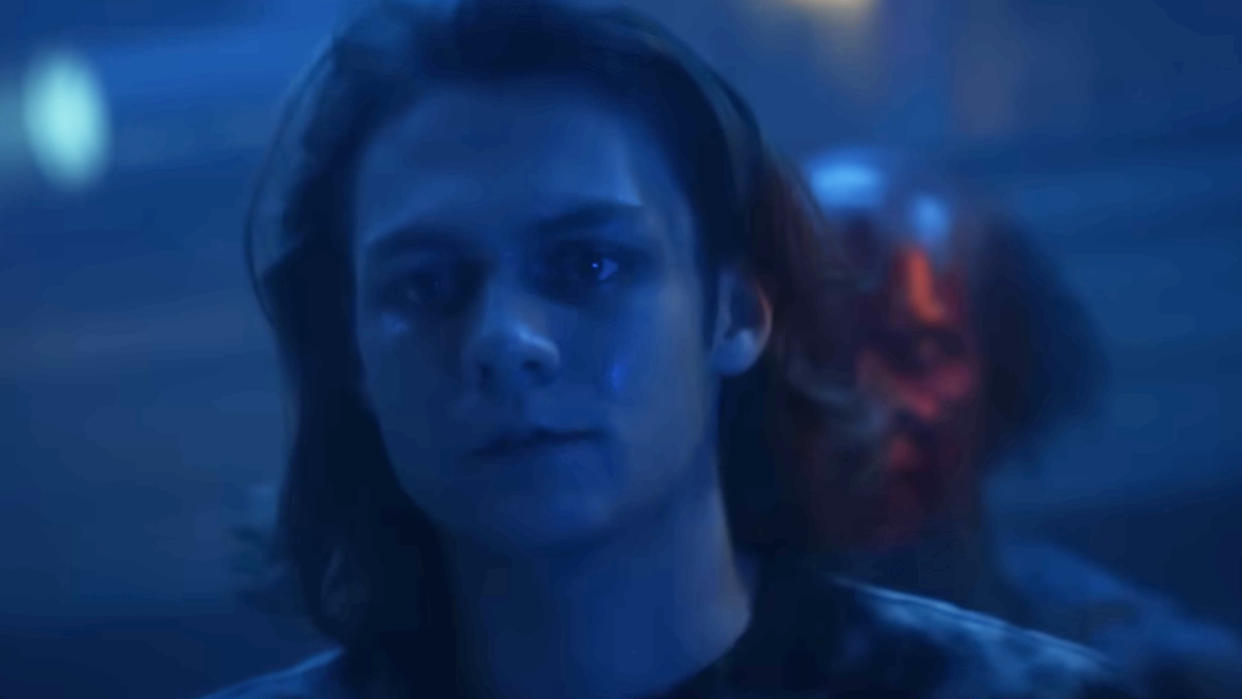
SPOILER WARNING: The following article goes deep into the most crucial details from the Insidious: The Red Door ending, so if you have not seen the new horror movie, be sure to proceed with caution as you read further.
One of the best haunted house movies of the last couple decades, 2011’s Insidious, ended on a truly killer cliffhanger that led directly into director James Wan and writer Leigh Whannell’s sequel to the box office hit, Insidious: Chapter 2. To most fans, the 2013 installment seemed to serve as a fitting conclusion to the family’s story, with Josh Lambert (Patrick Wilson) and his son, Dalton (Ty Simpkins), repressing their memories of their ability to astral project. However, as tends to be the case with many of the best horror movie franchises, most of the original Insidious cast has returned for another scare in Insidious: The Red Door.
The fifth installment of the Insidious movies picks up ten years after Chapter 2 as a now divorced Josh struggles to understand blocks in his memory and repair his relationship with Dalton, who is going into his freshman year of college. Josh’s drive to reconnect with his family puts both him and his son down a dark path that forces them to confront literal ghosts of their past that also represent something on a deeper and, in some cases, more relatable level than previous installments have explored. Let’s take another, more extensive trip through the Further to better understand what this highly anticipated, new 2023 movie symbolizes in our breakdown of the Insidious: The Red Door ending, below.
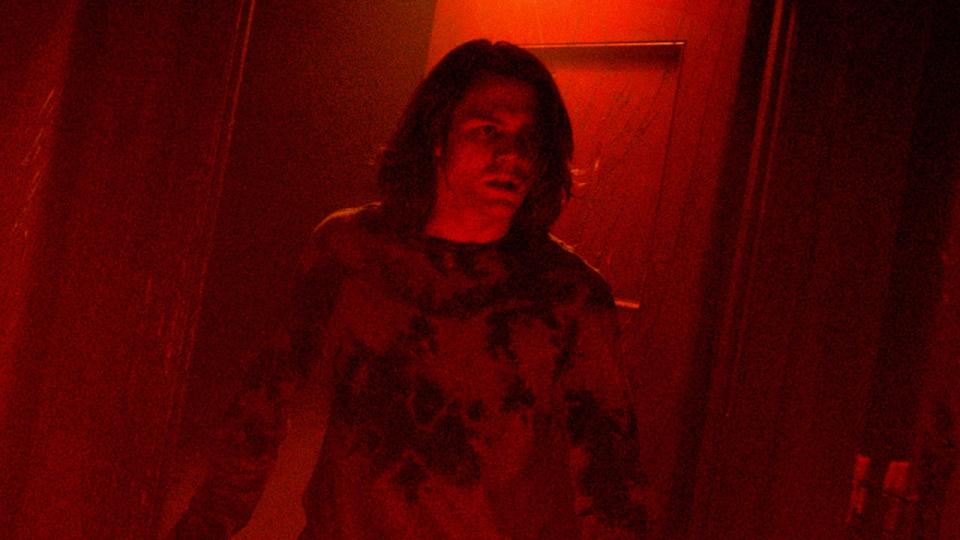
What Happens At The End Of Insidious: The Red Door
Josh visits Renai (Rose Byrne) to talk to her about his recent mental health struggles and discovery regarding his absentee father — a diagnosed schizophrenic who committed suicide before Josh could meet him — which prompts her to reveal his repressed astral projection to him. She also recalls how the trauma he caused their children when he was possessed by Parker Crane’s ghost was a major contributor to their eventual split. Soon, their middle child, Foster (Andrew Astor), enters, showing them a photo of Dalton’s painting, which bears a haunting image that appears to be Josh, cluing them in to the trouble that Dalton is currently in.
Much like the bizarre situation that left him comatose nine years earlier, Dalton — who recently rediscovered his astral projection abilities with the help of his new friend, Chris (Sinclair Daniel) — has journeyed too far into the Further and is being held captive by the Lipstick-Face Demon (Joseph Bishara, who also composed the score for the original film). Josh manages to find him and help lead him away from the entity and out of the titular Red Door, which he then struggles to keep closed and, in order to save his son, decides to allow him to return to his body while he stays to fend off the spirits. Luckily, Dalton is able to save his father by brushing black paint over his painting that is somehow linked to the Further, which causes the Red Door to disappear and allows Josh a peaceful moment with his father’s spirit before being drawn back to his physical form.
Dalton calls his mother to let her know he is safe and to ensure the same for Josh, whom Renai invites to come back to dinner on another night in the future, teasing a potential rekindling of their relationship. We know for sure, however, that Josh’s relationship with his son is now in a better place following their most recent spat with the malevolent entities when he visits Dalton’s dorm room and they embrace.
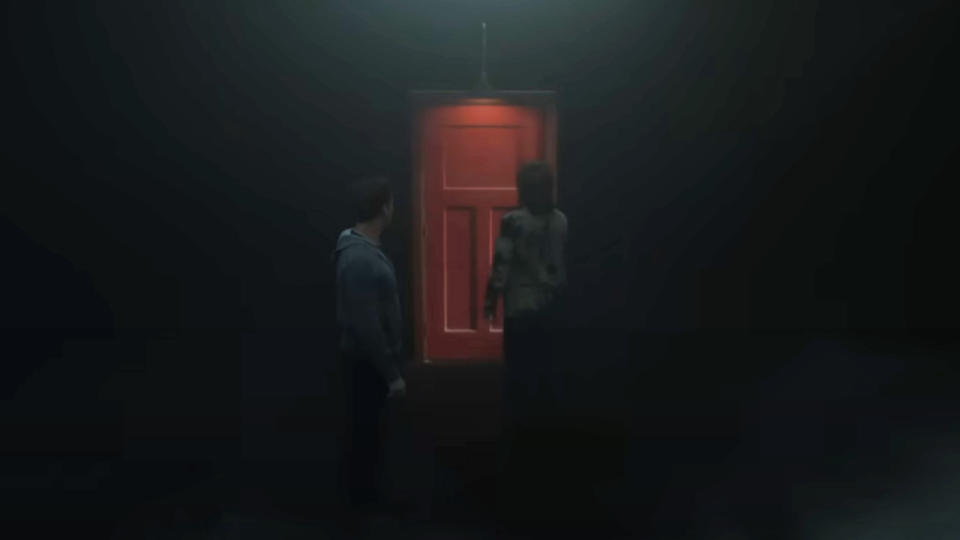
The Final Sequence Symbolizes A Family Overcoming Trauma Together
I recall the first (and only) time I saw Chapter 2 — which I agree with our own Rich Knight ranks lower on James Wan’s best movies — and, when it ended with Josh and Dalton repressing their astral projection abilities, thinking, Can it really be that easy? I mean, perhaps the hypnosis would be of some help in preventing further supernatural harm to the family, but attempting to simply forget about the horrific circumstances that plagued them — one being a serial killer’s spirit using Josh body to come after his children — would likely just cause more damage in the long run. Well, it appears I was not the only one.
Wilson — who makes his directorial debut with The Red Door — revealed in an interview with ScreenRant that his aim for the sequel was to unpack the ending of Chapter 2 and address how the only way that a family can overcome the trauma is not to suppress it, but to work through it as unit. When Dalton and Josh reconnect by meeting up in the Further and working together to defeat the Lipstick-Face Demon, that symbolizes their effort to fight through the issues they have been facing together and mending their relationship by the end. In fact, the entire film is a metaphorical (and comparatively scarier) representation of that therapeutic process.
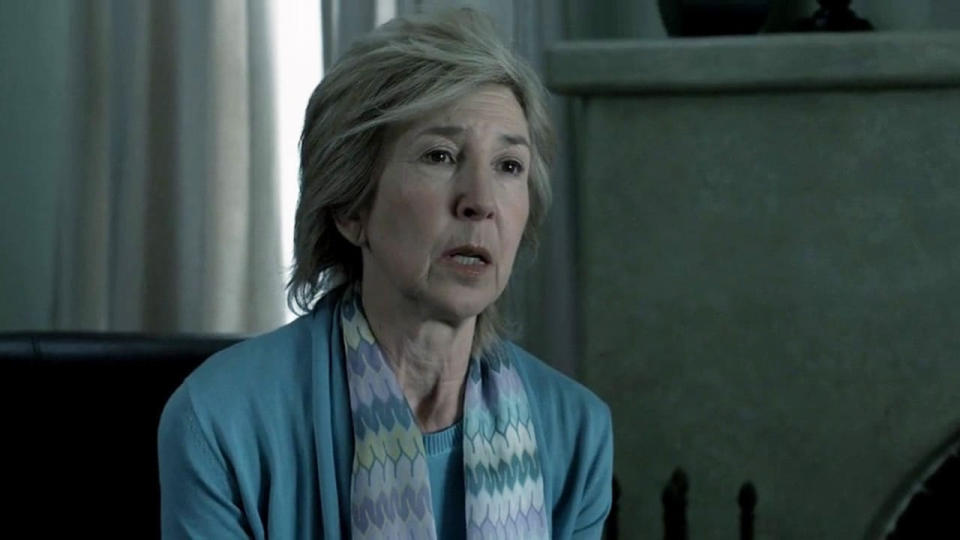
How Elise Fits Into The Story
While Wilson has become one of the greatest horror movie icons of his generation thanks to his role as Josh Lambert and, of course, as Ed Warren in the Conjuring Universe, and as a not-so-admirable father in Netflix’s Stephen King/Joe Hill adaptation, In the Tall Grass, he is not quite the face of the Insidious franchise, as far as I am concerned. That would have to be Lin Shaye, who became one of the all-time best horror movie Scream Queens by appearing as medium Elise Rainier in every installment of the series, including the new one in a brief, but undoubtedly important, appearance.
Chronologically, Elise’s association with the Lamberts started when a young Josh was getting too close to the Further, which she would help him rescue his son from years later, only to be murdered by the spirit of serial killer Parker Crane in possession of Josh’s body. Luckily, in Chapter 2, her spirit was able to help Josh’s lost metaphysical essence return to his physical body and save his family, but his memory of her was erased along with his astral projection ability. When Elise’s ghost appears before Josh at the end of The Red Door, introducing herself as a friend of his late mother (Barbara Hershey), it is her way of subtly showing her approval of him working through his issues and the film’s way of bringing her connection to the family full circle.
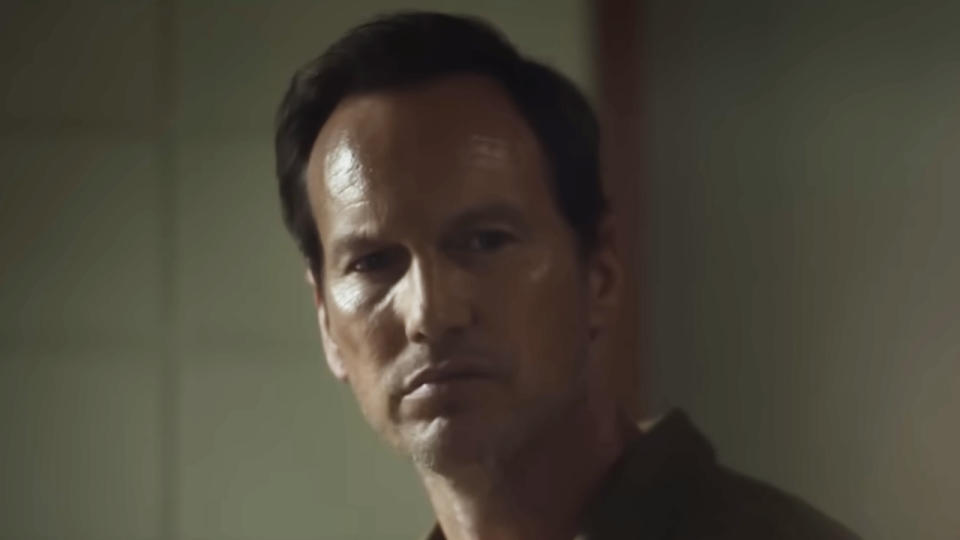
What Does The End Mean For The Franchise's Future?
Could this be the last we see of the Insidious movies? Well, if The Red Door proves to be popular enough, probably not. In fact, the sequel has a post-credits scene featuring the titular door with a light perched above it blinking rapidly, suggesting that, while the door may be closed, the entities that lurk within are not ready to give up on having a life on Earth again.
Wilson also has some hope for the future of the franchise, even though he has no plans to reprise the role of Josh Lambert anytime soon. When speaking to EW recently, he said that he thinks there is potential for Simpkins to lead the franchise, which would follow Dalton and the ways the Further continues to affect his own life.
Personally, I think Insidious: The Red Door serves as a good place to conclude the story as a whole. Actually, I think the first film — one of the best Blumhouse horror movies, in my opinion — was a great stopping point in the first place, to be perfectly honest. Yet, I will admit that a horror movie sequel like this that builds off of its predecessors to craft something grounded by a real-world topic, does not happen very often and should at least be honored for that reason alone.
